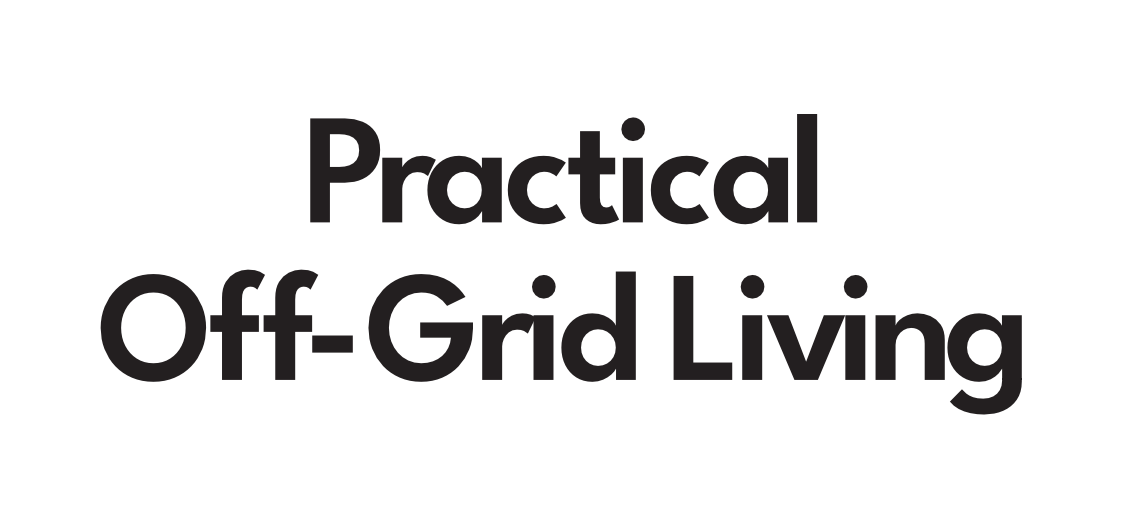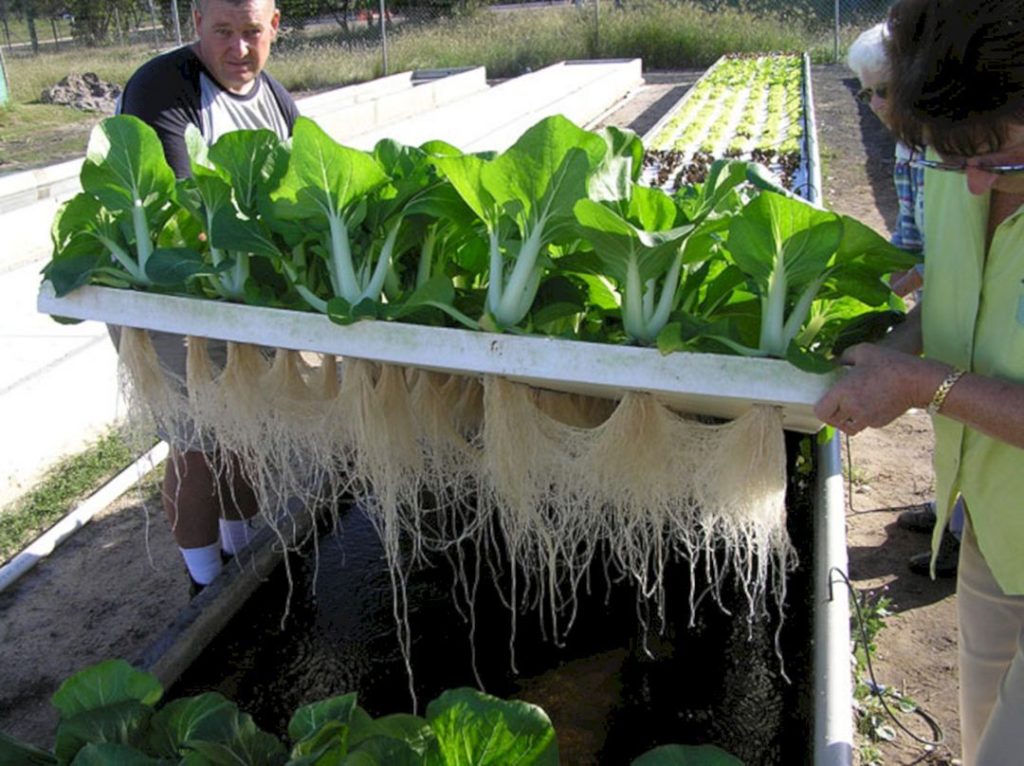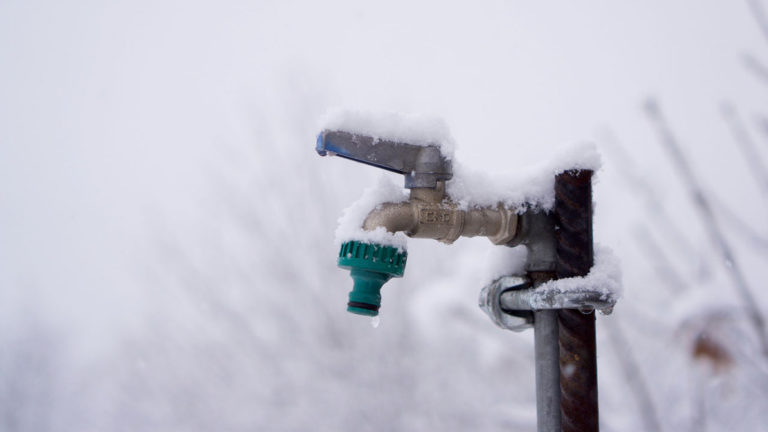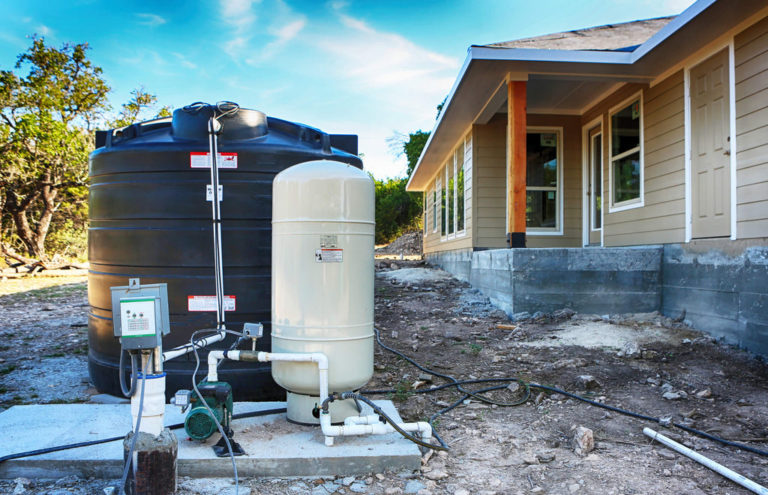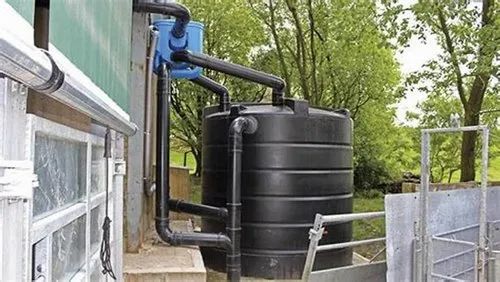If you’re dealing with hydroponic gardening challenges, you know how frustrating it can be when plants don’t thrive as expected.
With the right knowledge and quick fixes, you can tackle common problems head-on and keep your hydroponic system running smoothly.
We’ll explore practical solutions for troubleshooting common hydroponic gardening issues, so you can get back to enjoying delicious homegrown produce.
From identifying nutrient deficiencies to managing pests and diseases, we’ve got the expert insights you need to succeed.
Let’s dive in!
Nutrient deficiencies
If your plants are exhibiting symptoms such as yellowing leaves, stunted growth, or slow growth, it may be due to a nutrient deficiency. Check the nutrient levels in your hydroponic system and adjust as needed.
Nutrient deficiencies are a common issue in hydroponic systems, and can cause a range of symptoms in your plants.
To address this issue, you’ll need to check the nutrient levels in your system and adjust them as needed.
Start by checking the nutrient solution to ensure that it is properly balanced and at the appropriate strength.
The ideal nutrient solution will have a balanced mix of macronutrients such as nitrogen, phosphorus, and potassium, as well as micronutrients like calcium, magnesium, and sulfur.
Use a nutrient solution that is specifically formulated for hydroponics, and be sure to follow the manufacturer’s instructions for mixing and application rates.
If you find that your nutrient solution is not properly balanced, or if you notice any other signs of nutrient deficiency such as pale or stunted growth, it’s important to act quickly.
Adjust the nutrient solution to ensure that it is providing your plants with the nutrients they need to thrive.
You may also need to increase the frequency of nutrient applications, or add supplemental nutrients to the solution to ensure that your plants are receiving all the nutrients they need.
In addition to checking and adjusting the nutrient solution, it’s also important to consider the pH and temperature of your hydroponic system.
The optimal pH range for most hydroponic crops is between 5.5 and 6.5, and the ideal temperature is between 65°F and 75°F.
If your system is outside of this range, it can cause nutrient deficiencies and stunted growth.
Adjust the pH and temperature as needed to ensure that your plants are growing healthily and efficiently.
PH imbalance
If your plants are showing signs of stress, such as wilting or discoloration, it may be due to an imbalance in pH levels. Check the pH of your nutrient solution and make adjustments as needed.
If your plants are showing signs of stress, such as wilting or discoloration, it may be due to an imbalance in pH levels.
The ideal pH range for most hydroponic crops is between 5.5 and 6.5.
Outside of this range, nutrient uptake and plant growth can be negatively impacted.
To check the pH of your nutrient solution, use a pH test kit or pH meter to measure the concentration of hydrogen ions.
If the pH is too low (acidic), your plants may be experiencing nutrient deficiencies or having difficulty absorbing essential minerals.
On the other hand, if the pH is too high (alkaline), your plants may be experiencing nutrient toxicity or having difficulty absorbing essential microelements.
To make adjustments as needed, use a pH adjuster or a different nutrient solution to bring the pH into the ideal range.
Remember to closely monitor your plants’ progress and make adjustments as needed to ensure they are receiving the proper nutrients for healthy growth and development.
Root rot
If your plants are showing signs of root decay, it may be due to a lack of proper oxygenation or overwatering. Check the root system for signs of decay and adjust your watering schedule accordingly.
If your plants are exhibiting signs of root decay, such as yellowing leaves, droopy foliage, or stunted growth, it may be due to a lack of proper oxygenation or overwatering.
Root decay can occur when the roots are not receiving enough oxygen, which can happen when the soil is consistently waterlogged or when the plant is grown in a poorly draining medium.
Overwatering can also cause the roots to become waterlogged and susceptible to decay.
To address this issue, check the root system for signs of decay, such as soft, mushy, or rotting roots.
Adjust your watering schedule accordingly, allowing the soil to dry out slightly between waterings to prevent overwatering and promote healthy root growth.
Ensure that your plant is grown in well-draining soil and consider using a soilless mix or adding organic matter such as perlite or vermiculite to improve drainage.
By taking these steps, you can help prevent root decay and promote healthy root growth, which will lead to a healthier and more vigorous plant.
Clogged filters
If your hydroponic system is experiencing reduced flow or clogged filters, it may be due to a lack of proper maintenance. Clean or replace your filters regularly to prevent clogging.
Regular maintenance is important to ensure optimal performance of your hydroponic system.
One of the most common issues that can arise is a reduction in flow or clogged filters.
This can be caused by a buildup of debris, such as nutrient film tank residue or algae growth, which can restrict water flow and impede the system’s ability to deliver essential nutrients to your plants.
To prevent this from happening, it’s essential to clean or replace your filters regularly.
This can include the nutrient film tank, drip irrigation lines, and other filters throughout the system.
By doing so, you can maintain optimal flow and ensure that your plants receive the necessary nutrients for healthy growth.
Failure to properly maintain your hydroponic system can lead to reduced yields, reduced plant health, and even complete system failure.
Therefore, it’s important to prioritize regular maintenance to prevent these issues and keep your hydroponic system running smoothly.
Overtwatering
If your plants are showing signs of overwatering, such as yellowing leaves or stem collapse, it may be due to a lack of proper drainage or overwatering. Adjust your watering schedule and ensure proper drainage in your hydroponic system.
If your plants are exhibiting signs of overwatering, such as yellowing leaves or stem collapse, it is likely due to a lack of proper drainage or excessive watering.
In a hydroponic system, proper drainage is important to prevent water from pooling around the roots, which can lead to root rot and other issues.
To address this, adjust your watering schedule and ensure that your system is providing adequate drainage for your plants.
Check the water level in the reservoir and make sure it is not too high, as this can cause water to overflow and flood the grow medium.
Inspect the dripper line and ensure that it is clear of any blockages or kinks, which can also impede proper drainage.
By making these adjustments, you can help prevent overwatering and promote healthy growth for your hydroponic plants.
PH imbalance
If your plants are showing signs of a pH imbalance, such as stunted growth or leaf discoloration, it may be due to a lack of proper nutrient balancing. Test your nutrient solution and adjust it accordingly.
If your plants are exhibiting signs of a pH imbalance, such as stunted growth or leaf discoloration, it is likely due to a lack of proper nutrient balancing.
To address this issue, you should test your nutrient solution and make any necessary adjustments.
Use a pH meter to measure the pH level of your nutrient solution, and compare it to the optimal range for your specific plants (usually between 5.5 and 6.5).
If the pH level is outside of this range, you may need to add certain nutrients or adjust the ratio of nutrients to correct the imbalance.
For example, if the pH level is too high (basic), you may need to add more nitrogen-based nutrients to lower it.
Similarly, if the pH level is too low (acidic), you may need to add more potassium-based nutrients to raise it.
By testing and adjusting your nutrient solution regularly, you can ensure that your plants are receiving the proper amount and ratio of nutrients they need to thrive.
Nutrient deficiency
If your plants are showing signs of nutrient deficiency, such as stunted growth or yellowing leaves, it may be due to a lack of proper nutrient supply. Adjust your nutrient solution and ensure proper nutrient uptake.
If your plants are displaying signs of nutrient deficiency, such as stunted growth or yellowing leaves, it is likely due to an insufficient supply of essential nutrients.
To address this issue, you must adjust your nutrient solution and ensure proper nutrient uptake.
This can be achieved by conducting regular soil tests to determine the nutrient content and pH level of the soil.
Based on the results, you may need to adjust the nutrient solution to provide a balanced mix of nitrogen, phosphorus, potassium, and other micronutrients.
Ensure that the nutrient solution is delivered at the proper rate and frequency to optimize nutrient uptake.
This may involve increasing the frequency of fertilization or adjusting the dosage of nutrients to meet the unique needs of your plants.
Proper nutrient supply is important for healthy plant growth and development, so do not hesitate to take action to address any deficiencies.
Oxygenation issues
If your plants are showing signs of oxygenation issues, such as slow growth or wilting, it may be due to a lack of proper oxygen supply. Increase aeration in your hydroponic system to improve oxygenation.
If your plants are exhibiting signs of oxygenation issues, such as slow growth or wilting, it is essential to address the problem promptly to prevent further damage.
A lack of proper oxygen supply can hinder your plants’ ability to thrive, leading to stunted growth and poor yields.
To improve oxygenation in your hydroponic system, consider the following strategies
* Increase aeration: Add more air stones or improve the positioning of existing ones to ensure that each plant’s roots receive an adequate amount of oxygen.
This can be achieved by gently stirring the nutrient solution or by incorporating an aeration device, such as an air pump, into your system.
* Optimize nutrient solution levels: Ensure that the nutrient solution is at the appropriate level for optimal oxygenation.
Insufficient solution levels can lead to a lack of oxygen, causing the issues mentioned earlier.
Check the solution levels regularly and top them off as needed.
* Maintain proper system temperature: Avoid extreme temperature fluctuations, as this can negatively impact oxygenation.
Keep the system at a consistent temperature between 68°F and 77°F (20°C and 25°C) for optimal growth.
* Monitor pH levels: Maintaining the appropriate pH range (between 5.5 and 6.5) is important for optimal oxygenation.
PH levels outside of this range can impede the absorption of oxygen by your plants’ roots.
Regularly test the pH levels of your nutrient solution and make adjustments as necessary.
By implementing these strategies, you can significantly improve oxygenation in your hydroponic system and help your plants thrive.
Remember, addressing oxygenation issues promptly can make all the difference in your plants’ growth and health.
]]>
If you notice your hydroponic plants exhibiting signs of oxygenation deficiencies, such as slow growth or wilting, it is important to address these issues promptly.
One of the primary causes of oxygenation problems in hydroponic systems is an insufficient oxygen supply.
This can occur when aeration levels are too low, resulting in a lack of oxygen reaching the plant’s roots.
To address this issue, it is important to regularly check the aeration levels in your system and top them off as needed.
In addition to monitoring aeration levels, maintaining proper system temperature is also essential for optimal oxygenation.
Extreme temperature fluctuations can negatively impact the absorption of oxygen by your plants’ roots.
To ensure consistent temperatures, invest in a high-quality heating and cooling system for your hydroponic grow room or greenhouse.
This will ensure that your plants are receiving the appropriate amount of oxygen for healthy growth and development.
Proper system pH is also important for effective oxygenation in hydroponics.
If your system pH levels are too high or too low, it can negatively affect the availability of oxygen to your plants’ roots.
Regularly testing and adjusting your system’s pH levels can help to maintain the optimal range for healthy plant growth.
Overall, addressing oxygenation issues promptly can make all the difference in your plants’ growth and health.
By regularly monitoring aeration levels, system temperature, and pH levels, you can ensure that your hydroponic system is providing the proper amount of oxygen for your plants to thrive.
With these steps, you can achieve optimal growth and yields from your hydroponic grow room or greenhouse.
Please let me know if you have any further questions or need additional assistance.]]>
If your hydroponic plants are showing signs of oxygenation issues, such as slow growth or wilting, it may be due to a lack of proper oxygen supply.
To address this, you should invest in a high-quality heating and cooling system for your grow room or greenhouse to ensure consistent temperatures.
Proper system pH levels are also important for effective oxygenation, as imbalanced pH levels can negatively affect the availability of oxygen to your plants’ roots.
To address this, you should regularly test and adjust your system’s pH levels to maintain the optimal range for healthy plant growth.
Overall, promptly addressing oxygenation issues can make all the difference in your plants’ growth and yield.
By maintaining optimal temperature and pH levels, you can ensure that your plants are receiving the necessary oxygen to thrive.
Consider investing in a precision grow system for optimal results.
With a precision grow system, you can accurately monitor and control all aspects of your hydroponic grow, including temperature, pH, humidity, and nutrient levels.
By investing in this technology, you can guarantee the best possible growth conditions for your plants.
Remember to always prioritize proper system maintenance to prevent issues such as pH imbalances, which can have a detrimental effect on oxygenation and plant health.
If your hydroponic plants are struggling with slow growth or wilting, it’s possible that they’re not getting enough oxygen.
This can be caused by an insufficient aeration and yield of the system.
To address this issue, you should focus on maintaining the optimal temperature and pH levels, which will ensure that your plants are receiving the necessary oxygen to thrive.
To take your growing game to the next level, consider investing in a precision grow system.
These systems allow you to accurately monitor and control all aspects of your grow, including temperature, pH, humidity, and nutrient levels.
This will give you the best possible growth conditions for your plants and help prevent issues like pH imbalances, which can have a negative impact on oxygenation and plant health.
With our expert guidance and premium products, you’ll be able to grow healthy and thriving plants in no time.
Want More? Dive Deeper Here!
Hey there! If you’re the type who loves going down the rabbit hole of information (like we do), you’re in the right spot. We’ve pulled together some cool reads and resources that dive a bit deeper into the stuff we chat about on our site. Whether you’re just killing time or super into the topic, these picks might just be what you’re looking for. Happy reading!

